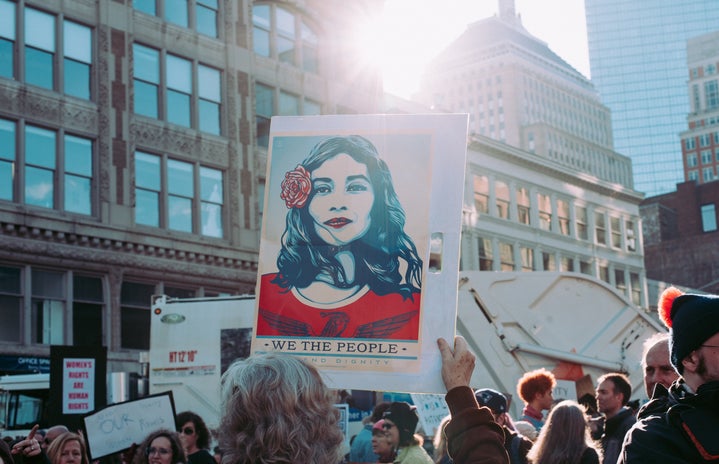At this point, most sane human beings have recognized the fact that climate change is a very real thing. We are (very slowly) starting to see more acknowledgement of this by the government and some large corporations, especially after this report by federal scientists and this one by the International Panel on Climate Change served as harsh wake up calls for the future of the planet.
Alexandria Ocasio-Cortez, a freshman congresswoman who represents New York’s 14th district has actively worked to bring attention to climate change, even before being elected to office. On February 7th, in partnership with Senator Edward Markey of Massachusetts, she formally introduced the Green New Deal, the most aggressive legislation for fighting climate change to date. The reaction from both sides of the aisle was not exactly enthusiastic and there’s been a lot of misinformation circulating about it, like a claim that it will take away all ice cream and hamburgers. Here’s what you need to know about it.
What Exactly Is It?
The Green New Deal is a congressional resolution—not one specific piece of legislation—introduced with the goal of tackling climate change (you can read the actual resolution here). Variations of the GND have actually been around for years, introduced by everyone from Think Tanks to the actual Green Party. This version has been popularized by the Sunrise Movement, the youth activist group that AOC supported during her campaign. The first overarching goal of this Green New Deal is to get the US to steer away from fossil fuels and drastically curb greenhouse gas emissions. At the same time, it wants to invest in the clean energy industry and create high paying jobs. All in all, there are about fourteen main goals the resolution proposes, six of which have to do directly with climate change. The others are aimed at solving economic inequality and racial injustice.
What Will it Accomplish?
The environmental goals include:
-
Switching to renewable energy: getting the U.S. to run on 100% clean energy. Right now, renewables make up 20% of our energy production, and it’s projected we’ll be at about 31% by 2050.
-
Upgrading our energy grid to a ‘smart’ one: changing our power grid to a more energy efficient one, upgrading all of the buildings in the U.S. to be ‘more green’(critics have pointed out the vagueness of this language
-
Revamping Transportation: totally redoing our transportation system to eliminate greenhouse gases ‘as much as technologically feasible’, investing in zero-emission vehicles, and giving our public transportation system a makeover so that it’s cleaner, affordable and accessible (think: high speed rail).
-
Low Tech Solutions to Climate Change: Using more natural methods like planting trees and restoring wetlands to help eliminate greenhouse gases
-
Reducing Cattle Emissions: Working with farmers to eliminate pollution and greenhouse gas emissions from agriculture ‘as much as is technologically feasible’.
The deal also lists several goals that focus on ending economic and racial inequality, and includes, among others:
-
Guaranteeing job, leave, vacation and retirement plans for all people in the U.S.
-
Improving labor laws
-
Providing higher education to every person in the U.S.
-
Getting the free consent of indigenous people when making decisions that affect their land and respecting all treaties and agreements
-
Making sure that every American has ‘high quality health care’, housing, economic security, access to ‘clean water, clean air, healthy and affordable food, and nature”
Who’s Going Pay for It?
The answer to that question seems to be being worked out still, depending on the individual goal. The whole deal could cost up to $1 trillion. But, it’s important to keep in mind that the effects of climate change could cost the U.S. least that much, if not more, in the long run.
What’s the General Consensus on the Hill?
Though it has some support among Democrats, both major parties have been critical of the Deal. Critics have said that it is too vague and includes too many issues that will never get bipartisan support (i.e. health care). However, there will still be a vote on the GND, perhaps as soon as next week.
Though there’s definitely a fair amount of work that needs to be done to figure out the specifics of this deal, the significance of its proposal should not be overlooked. The Green New Deal is a tangible sign of government officials finally taking climate change, and the future of our generation, seriously. Hopefully, this is only the beginning.
Sources:
https://www.nytimes.com/2019/02/21/climate/green-new-deal-questions-answers.html?module=inline
https://www-m.cnn.com/2019/02/14/politics/green-new-deal-proposal-breakdown/index.html?r=

